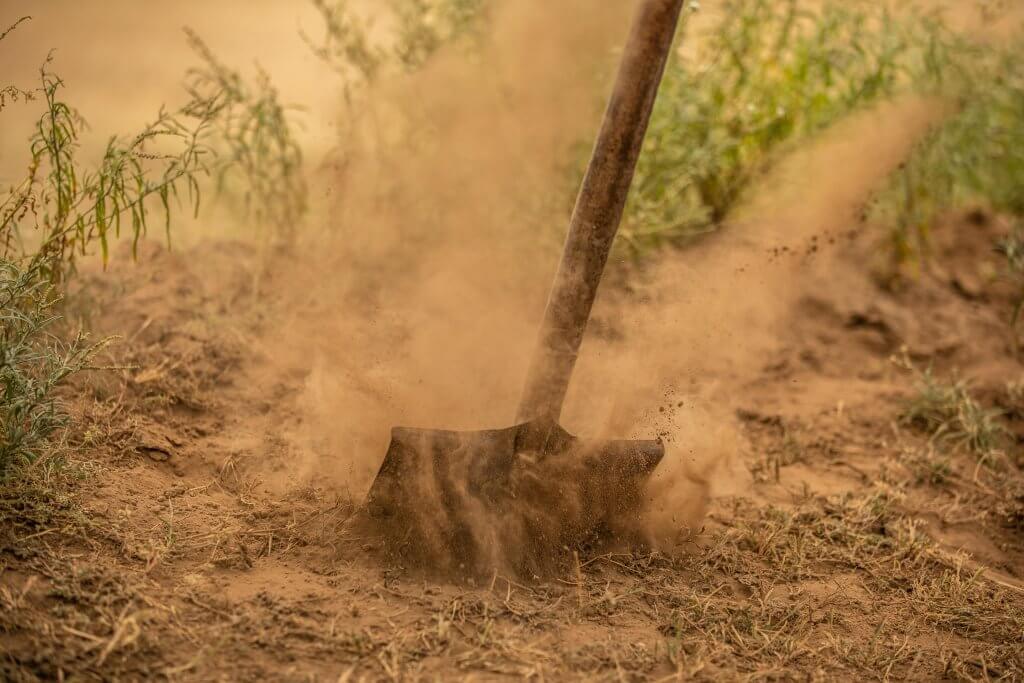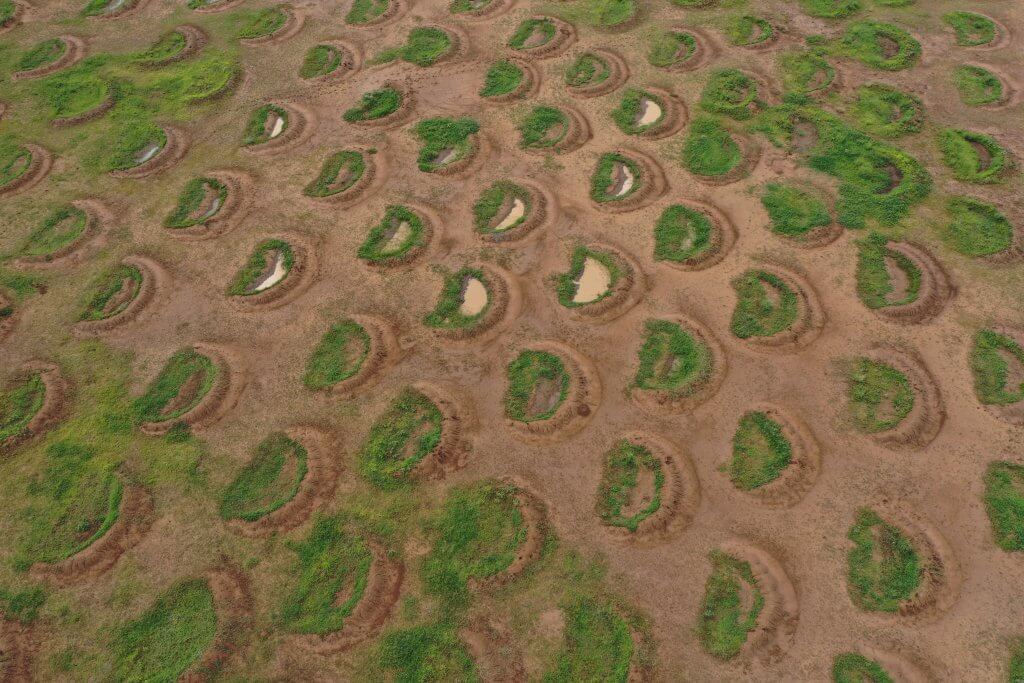
Rombo update Augustus 2024
Dear ACS Audiovisual Solutions,
We truly value your support! Through your contribution, we can regreen degraded landscapes in Kenya, enhancing water and food security, biodiversity, and CO₂ absorption.
We are excited to share your personalised impact page. It showcases the impressive results achieved through your support, complete with a project area map and the latest regreening news. You can expect updates once a year, ensuring you’re always informed about the impact we create together!
Rombo
Rombo
Rombo
Rombo
Kuku/Iltalal
Kuku/Iltalal
Kuku/Iltalal
Kuku/Iltalal
Also known as Earth Smiles :)
Due to increased temperatures and overgrazing, the Sub-Saharan Africa region has seen lots of land degradation and a decrease in vegetation. And with the disappearance of vegetation, the return of new vegetation becomes increasingly difficult: there are fewer nutrients in the soil and water infiltration is inhibited due to the dry, hard top layer of the soil.
With our water bunds (or earth smiles) project we dig semi-circular shaped bunds that capture rainwater. By digging these water bunds, we can regreen large areas that benefit biodiversity, nature, people and – eventually our climate.
However, we cannot do it alone. Together with your help we bring back vegetation and cool down the planet.
Program setup
Several decades ago, both Kenya and Tanzania were not characterised by the degraded environment it is now. However, due to rising temperatures within the ground in combination with the lack of rain, the soil in these areas are not able to retain water as they used to, and dry up relatively quickly after rainfall. It is therefore difficult to grow permanent vegetation (perennial) that is beneficial for the environment and the people using these lands.
Because of climate change, rain in these areas is less frequent. And when rain does fall, the water comes in enormous quantities which is too much for the dry areas to absorb and in the end not nearly enough to recover the land Therefore, the water ends up just getting flushed away, down the hill without being captured into the soil. This is not only unfavourable for the ground, but it can also cause floods in rural and urban areas. For instance, in November 2023, Chyulu received 500mm of water due to these floods, which is the same amount as in a normal year, and many areas were flooded.
Using the technique of digging semi-circular shapes into the soil of around 6 meters wide and 3 meters long, we can capture the much needed rainwater and not waste any precious water in order to rehydrate the soil. It works like the following: together with local communities the water bunds are dug on slopes, with the ‘closed’ side of the earth smile directing downhill. This way they can capture the water running downhill. The water bunds do not only capture the rainwater, they also make sure that the water running downhill in between bunds, will end up in another bund that is one ‘row’ further down, reaching a larger amount of bunds. After this process and vegetation is returning, the vegetation will slow down the water in between the bunds, infiltrating it better. Most of the water flows into the bunds where it’s retained and infiltrates or evaporates.
Benefits of regreening
Vegetation sequesters CO₂ via photosynthesis, taking CO₂ from the atmosphere. This has a mitigating effect on the greenhouse effect and global warming.
Bringing back vegetation prevents soil erosion, improves the quality of the soil and the water availability and it cools down the earth. Vegetation does not only promote cooling of the earth globally, it also helps to cool down the environment locally. The shadow and transpiration of vegetation helps to cool down the soil, and offers natural sun shelter for various animals in the area.
Additionally, the increase in the soil moisture content makes the land available for both wildlife and livestock by bringing back grasses, producing food and income for the local communities.
Grazing management practices
In order to make sure the bund sites are preserved, Justdiggit supports grazing communities that are set up by local communities and guides grazing movements within these communities. By digging bunds and guiding grazing management practices, degraded areas have around two years to recover by setting up an agreement with the communities to not let them graze their livestock in the bund sites. This is enforced by having rangers in the sites, as the areas are too big to be fenced. This not only benefits the animals – livestock and wildlife – but also the Maasai pastoralists who heavily depend on cattle as sources of food and income.
Local community involvement
We cannot regreen Africa by ourselves. Therefore, we work closely with local communities in Sub-Saharan Africa. Our regreening projects are actually managed by our local partners and the communities on the ground. By letting communities regreen their communal land, they improve soil quality and water availability, which can have a positive effect on crop yields, boosting their income and strengthening their commitment to – and ownership of – sustainable land management. Lastly, we provide continuous support to different stakeholders in the program, and visit the bund sites frequently.
